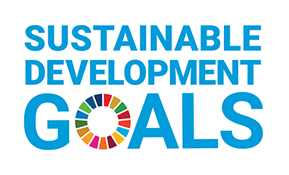At a GlanceReport 14—Regional Relief and Recovery Fund
Why we did this audit
- Proper program design maximizes the benefits of public spending for the intended recipients.
- The duration of the COVID‑19 pandemic and its effects on the economy were unknown at the outset. The quick release of program funds enabled recipients to deal with health restrictions and contribute to their regions’ economies.
- The success of a program is measured by comparing its reported results against its objectives. When the reported information is unreliable and inaccurate, progress or success cannot be measured.
Our findings
- The Regional Relief and Recovery Fund was successful at providing last-resort assistance to thousands of businesses and organizations affected by the COVID‑19 pandemic.
- Using the model of existing programs allowed agencies to deliver the Regional Relief and Recovery Fund quickly.
- Management of the program was weakened by a lack of efficiency, fairness, and transparency that may have resulted from the efforts to administer the program quickly.
- The full impact of the program will not be known for a few years. In particular, the impact on jobs maintained will be difficult to measure, notably because of the poor quality of data reported.
Key facts and figures
- The Regional Relief Fund’s objective was to mitigate financial pressures on businesses and organizations by funding eligible expenses incurred in any 12‑month period falling between 15 March 2020 and 30 September 2021.
- To better support businesses and organizations in rural communities, regional development agencies distributed funding using the existing Community Futures Program through the 268 local community futures development corporations across Canada.
- It is expected that between 25% and 42% of the total amount of repayable contributions granted will not be repaid.
Highlights of our recommendations
- For future programs, audited regional development agencies should establish targeted levels of support for under-represented groups and ensure that information collected is used to inform decision making.
- To foster greater compliance with transfer payment policies and ensure efficiency, fairness, and transparency in delivering future programs, audited regional development agencies, should ensure a common approach to program delivery.



The pandemic stalled or reversed economic growth and heavily affected employment. In these circumstances, simply preventing job losses and keeping the local economy going required major efforts. These efforts aligned with the United Nations’ Sustainable Development Goal 8, concerning sustained and inclusive economic growth and employment. Despite these efforts, the Regional Relief and Recovery Fund program’s impact on the local economy will probably not be able to be measured until after the end of the repayment period.
The program design considered information on gender equality and diversity, which pertains to Sustainable Development Goal 5 (promoting equal rights to economic resources), and on gender-based analysis plus. For the regional development agencies we examined, all application forms allowed the applicant to self-identify as a member of an under-represented group. One agency set aside $21.7 million of program funding for women-owned businesses, and 2 agencies included self-identification information in their assessment process. The information collected indicated the level of participation of different groups in the program.
Visit our Sustainable Development page to learn more about sustainable development and the Office of the Auditor General of CanadaOAG.
Related information
| Entities | |
|---|---|
| Completion Date | 1 November 2021 |
| Tabling Date | 9 December 2021 |